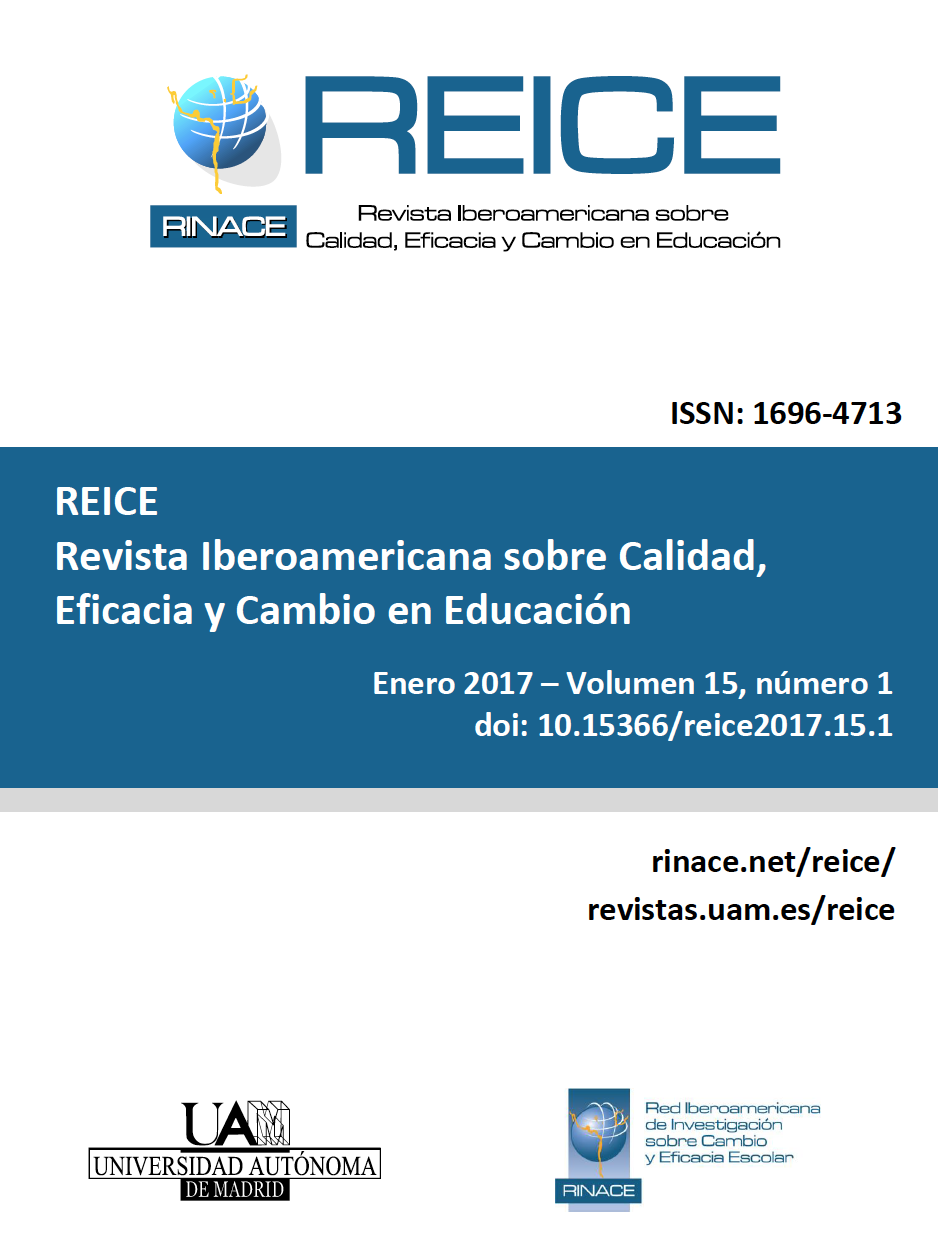International and Iberoamerican Review of Physical Education Curriculum. The Case of Mexico
Keywords:
Physical education, Curriculum, Mexico, Iberoamerica, Child obesity.Abstract
The world is living an epidemic of adult and child obesity. Mexico ranks second, after The United States, in adult obesity and first in child obesity. In order to cope with health problems, mainly associated to obesity, worldwide Physical Education curriculum is incorporating increasing responsibilities to promote healthy life. The purpose of this paper was to identify the international trends of Physical Education curriculum as suggested by the international forums and to perform an exploratory- comparative analysis on how those trends have been incorporated into the curricular goals of selected Iberoamerican countries (Argentina, Brazil, and Spain), particularly Mexico. The paper concludes that all analyzed Iberoamerican countries but Mexico has incorporated into their curricula those international trends on Physical Education curriculum. Mexican Physical Education curriculum is not fully adopting such international tendencies which give more important to movement and sport initiation. This finding poses difficult challenges to Mexican Physical Education curriculum.
Downloads
References
CAPES. (2013). Mestrados e doutorados reconhecidos. Recuperado de http://conteudoweb.capes.gov.br/
Diario Oficial de la Federación (2010, 20 de agosto). Acuerdo 540. Recuperado de http://www.seiem.gob.mx/web/d1_pe/d1_ce/d1_pdf/acuerdo_540.pdf
Diario Oficial de la Federación (2014, 5 de julio). Ley de infraestructura educativa. México: Cámara de Diputados H. Congreso de la Unión.
Dirección General de Cultura y Educación. (2006). Diseño curricular para la educación secundaria: 1º año ESB. La Plata: Autor.
Donovan, M., Jones, G. y Hardman, K. (2006). Physical education and sport in England: dualism partnership and delivery provision. Kinesiology, 38(1), 16-27.
Ebbeling, C. B., Pawlak, D. B. y Ludwig, D. S. (2002). Childhood obesity: public-health crisis, common sense cure. The Lancet, 360(9331), 473-482. doi:10.1016/S0140-6736(02)09678-2
Eisenberg, R., Jiménez M. L. y Gutiérrez, J. (2008). La precariedad de la investigación educativa en corporeidad, movimiento y educación física: publicaciones y algunas opiniones al interior del COMIE. Recuperado de www.fronteraseducativas.iteso.mx
González Cabrera, J. L. (2014). El papel de la práctica docente en educación física para generar hábitos de actividad física en los educandos de nivel primaria (Tesis doctoral). Centro de Estudios Superiores en Educación.
Hardman K. (2008). Physical education in schools: a global perspective. Kinesiology, 40, 5-28.
Hardman, K. (diciembre, 2010). Physical education: the future ain´t what it used to be. Comunicación presentada en el 5th Youth Congress. Ljubljana, Slovenia.
Hardman, K. y Marshall, J. J. (diciembre, 2005). Update on the state and status of physical education worldwide. Comunicación presentada en el 2nd World Summit on Physical Education. Magglingen, Suiza.
Jacinto, J. (2001). Programa de educação física. Reajustamento, ensino básico tercer ciclo. Recuperado de http://www.metasdeaprendizagem.min-edu.pt/
Lozano, I. (2009). La educación física en el sistema educativo mexicano: evaluación y prospectiva (Tesis doctoral). Universidad de Huelva.
Ministério da Educação e Ciência. (2001). Programa de educação física, 2º Ciclo do EB, 5º ano. Porto: Ministério da Educação e Ciência.
Naul, R. (2010). Conceptual diversity and future directions of physical education in the global context. En Japanese Society of Sport Education (Ed.), Proceedings of the international conference for the 30th anniversary of the Japanese society of sport education. Quality of sport in schools and out of schools (pp. 1-13). Tokio: Ministry of Education, Culture, Sport, Science and Technology.
Ng, M., Fleming, T., Robinson, M., Thomson, B. Graetz, N., Margono, …, Gakidou, E. (2013). Global, regional, and national prevalence of overweight and obesity in children and adults during 1980-2013. A systematic analysis for the Global Burden of Disease Study 2013. The Lancet, 384(9945), 766-781. doi:10.1016/S0140-6736(14)60460-8
OECD. (2014a). OECD health statistics 2014, forthcoming. Recuperado de www.oecd.org/health/healthdata
OECD. (2014b). Obesity update, june 2014. Recuperado de http://www.oecd.org/health/
Real Decreto 1631/2006, de 29 de diciembre, por el que se establecen las enseñanzas mínimas correspondientes a la Educación Secundaria Obligatoria. Boletín Oficial del Estado. Recuperado de http://www.boe.es/diario_boe/txt.php?id=BOE-A-2007-238
Real Decreto 1105/2014, de 26 de diciembre, por el que se establece el currículo básico de la Educación Secundaria Obligatoria y del Bachillerato. Boletín Oficial del Estado. Recuperado de https://www.boe.es/boe/dias/2015/01/03/pdfs/BOE-A-2015-37
Ruíz, A. (2011). El papel de la escuela y la educación física en la construcción de la corporeidad infantil. Un estudio desde la perspectiva de narrativa. Revista Brasileira de Ciências do Esporte, 33(1), 37-50. doi:10.1590/s0101-32892011000100003
SEP. (2008). Educación básica. Primaria. Plan de estudios 2009. Etapa de prueba. México: SEP.
SEP. (2010). Orientaciones para la regulación del expendio de alimentos y bebidas en las escuelas de educación básica. Guía para directivos y docentes. México: SEP.
SEP. (2011). Programas de estudio 2011. Guía para el maestro. Educación básica y secundaria. Educación física. México: SEP.
SEP. (2016). Propuesta curricular para la educación obligatoria 2016. México: SEP.
Taborda, M. y Fernández, A. (2010). Educación física, corporalidad, formación: notas teóricas. Revista Educación Física y Deporte, 29(2), 227-234.
Tyler, R. W. (1973). Principios básicos del currículo. Buenos Aires: Troquel.
UNICEF. (2016). El doble reto de la malnutrición y la obesidad. Recuperado de http://www.unicef.org/mexico/spanish/17047.htm
Vizuete, M. (2010). Tendencias de la educación física en la escuela. Las vanguardias. Perspectivas Educativas, 3, 33-52.
Wiles, J. y Bondi, J. (1993). Curriculum development. A guide to practice. Nueva York: Macmillan Publishers.
Withrow, D. y Alter, D. A. (2011). The economic burden of obesity worldwide: a systematic review of the direct costs of obesity. Obesity Reviews, 12(2), 131-141. doi:10.1111/j.1467-789X.2009.00712.x
Wright, J. E. (2006). Physical education research from postmodern, poststructural and postcolonial perspectives. En D. Kirk, D. Macdonald y M. O'Sullivan (Eds.), The handbook of physical education (pp. 59-75). Londres: Sage.
